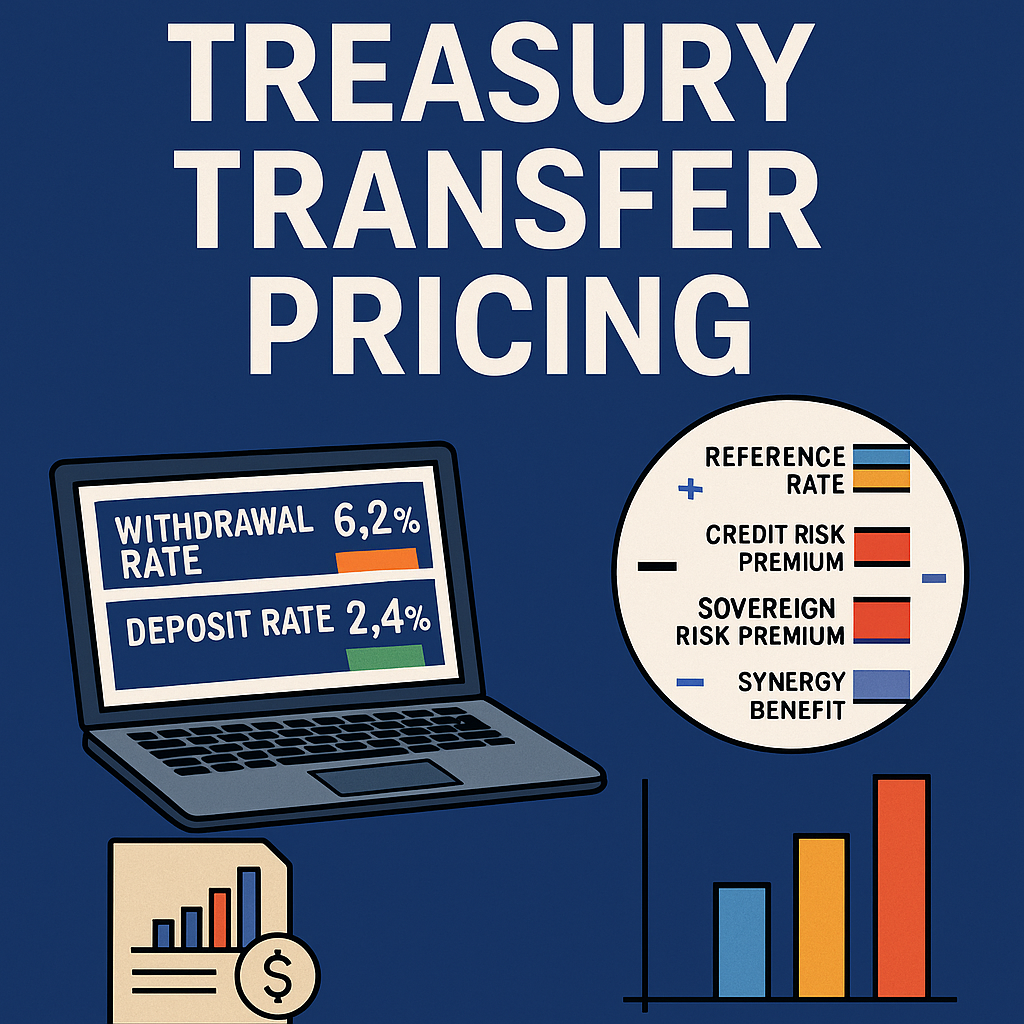Managing treasury data often feels like juggling flaming torches while riding a unicycle. Large corporations invest heavily in expensive ERP systems to centralize financial operations, but here’s the good news—you don’t have to. With a bit of ingenuity and readily available tools like Google Sheets/ Excel, Power BI, and SharePoint, you can automate and centralize your banking and financial data without breaking the bank.
This article explores how to create a low-cost, scalable Data Repository for Treasury, transforming your treasury workflows with automation, efficiency, and real-time insights.
🔹 Why Do You Need a Treasury Data Repository?
A Data Repository is more than just a storage space for financial data; it’s a structured system that brings visibility, automation, and control over cash flow, liquidity, and risk management.
✅ Real-Time Visibility – Get an up-to-date cash position at any time
✅ Eliminate Manual Work – No more copy-pasting between files
✅ Automate Reports – Generate insights dynamically without waiting for finance teams
✅ Secure & Controlled Access – Ensure the right people have the right permissions
Instead of relying on expensive ERPs or fragmented spreadsheets, you can leverage Google Sheets/ Excel, Power BI, and SharePoint to build a low-cost, automated treasury solution.
🔹 How to Build a Treasury Data Repository Without an ERP
Each of these tools plays a key role in creating an efficient, automated treasury infrastructure:
| Tool | Role in Treasury Data Repository |
|---|---|
| Google Sheets / Excel | Data collection, consolidation, and automation |
| Power BI | Data visualization, analytics, and reporting |
| SharePoint | Secure data storage, collaboration, and access management |
📌 Step 1: Data Collection & Automation with Google Sheets/Excel
Google Sheets (or Excel) serves as your financial data hub, collecting bank statements, cash forecasts, facility agreements, and other treasury data.
🔹 Automate Data Imports
- Use IMPORTXML or Power Query to fetch real-time bank statements
- Leverage Google Apps/ Excel Script or Power Automate to auto-update financial records
- Integrate with Coupler.io or Supermetrics to sync data from multiple sources
🔹 Real-Time Collaboration
- Treasury teams can update cash forecasts, approve transactions, and review liquidity simultaneously
- Changes are logged, eliminating version control issues
🔹 Example Use Case: Cash Flow Forecasting
Instead of updating spreadsheets manually, set up a Google Sheets/Excel form where finance teams input expected payments/receivables, which then auto-populates dashboards in Power BI.
👉 Best for: Small and mid-sized treasury teams needing an agile, cost-effective way to structure financial data.
📌 Step 2: Transforming Data into Insights with Power BI
Data alone can be overwhelming. Power BI turns raw numbers into actionable insights with interactive dashboards and real-time reporting.
🔹 What You Can Do with Power BI:
✅ Monitor Daily Cash Positions – Connect Power BI to Google Sheets/Excel for an automated cash visibility dashboard
✅ Liquidity Forecasting – Analyze expected inflows/outflows and predict funding gaps
✅ Bank Exposure Analysis – Track counterparty risk, credit facility usage, and debt repayments
✅ Set Automated Alerts – Get notified when liquidity levels fall below a threshold
🔹 Example: Monthly Cash Flow Dashboard
A treasury team links its Google Sheets/ Excel repository to Power BI, creating dynamic reports on liquidity and funding needs, refreshed automatically every hour.
👉 Best for: Organizations looking to replace static Excel reports with real-time dashboards and predictive analytics.
📌 Step 3: Secure Data Management & Collaboration with SharePoint
SharePoint acts as your digital treasury vault—a centralized platform for storing and managing treasury data securely.
🔹 Why Use SharePoint?
✅ Document Management – Store and organize financial contracts, bank statements, and FX deals
✅ Access Control – Define permissions for who can view/edit specific treasury data
✅ Workflow Automation – Approve payments, track facility agreements, and document compliance requirements
🔹 Example Use Case: Treasury Document Repository
Upload facility agreements, covenant compliance reports, and hedging strategies to SharePoint. Treasury teams can track approvals, add notes, and ensure audit readiness—all in one place.
👉 Best for: Companies needing a secure, structured treasury data environment with access control and collaborative workflows.
🔹 Visualizing Your Treasury Data Flow
Below is how these tools integrate to form a fully automated, low-cost Treasury Data Repository:
[ Banking Data Sources ]
↓
[ Google Sheets/ Excel ] ←→ [ Power BI ]
↓ ↓
[ SharePoint for Access & Collaboration ]
📌 Real-World Success: A Treasury Transformation Story
💡 Case Study: FinTech Solutions Inc.
Before: Treasury operations relied on outdated spreadsheets, leading to slow reconciliation and poor data visibility.
After:
✅ Google Sheets/ Excel collected real-time bank balances
✅ Power BI dashboards replaced static Excel reports
✅ **SharePoint stored critical treasury documents securely
🚀 Results:
✔ Reconciliation time dropped from 3 days to 3 hours
✔ Improved visibility into liquidity risks
✔ Automated financial reporting with real-time updates
🔹 Taking It a Step Further: Advanced Treasury Automation
Once your Treasury Data Repository is in place, consider expanding its capabilities:
🔹 Automate Data Transfers with Power Automate
- Sync Google Sheets/ Excel, Power BI, and SharePoint automatically
- Trigger alerts when cash falls below a certain threshold
🔹 Enhance Security & Compliance
- Implement two-factor authentication (2FA) and user permissions
- Automate audit trails for financial transactions
🔹 Integrate with Accounting & CRM Systems
- Connect with SAP, NetSuite, or QuickBooks for a unified financial ecosystem
- Automate bank reconciliation and forecasting models
🔹 Why This Approach Works for Treasury Teams
✅ Cost-Effective: Leverages existing Microsoft 365/Google Workspace licenses
✅ Scalable: Grows with your company’s needs without expensive ERP investments
✅ User-Friendly: No steep learning curve—teams adapt quickly
By replacing manual processes and fragmented Excel sheets with a low-cost, automated treasury repository, your team can focus on strategic decision-making rather than chasing data.
🚀 The Future of Treasury: What’s Next?
Finance technology is evolving rapidly. Consider the next wave of treasury automation:
💡 AI-Powered Cash Forecasting – Use machine learning models to predict future liquidity needs
📱 Mobile Treasury Dashboards – Stay connected and manage treasury on the go
🤖 AI Chatbots for Treasury Inquiries – Automate responses to frequent treasury questions
Instead of chasing data, it’s time to predict trends and drive business value.
💬 What part of your treasury operations would you like to optimize first? Let’s discuss! 🚀
📢 Want more Treasury Automation insights?
Subscribe to TreasuryEase.com and follow me on LinkedIn for more low-cost treasury automation strategies!







Leave a Comment
You must be logged in to post a comment.